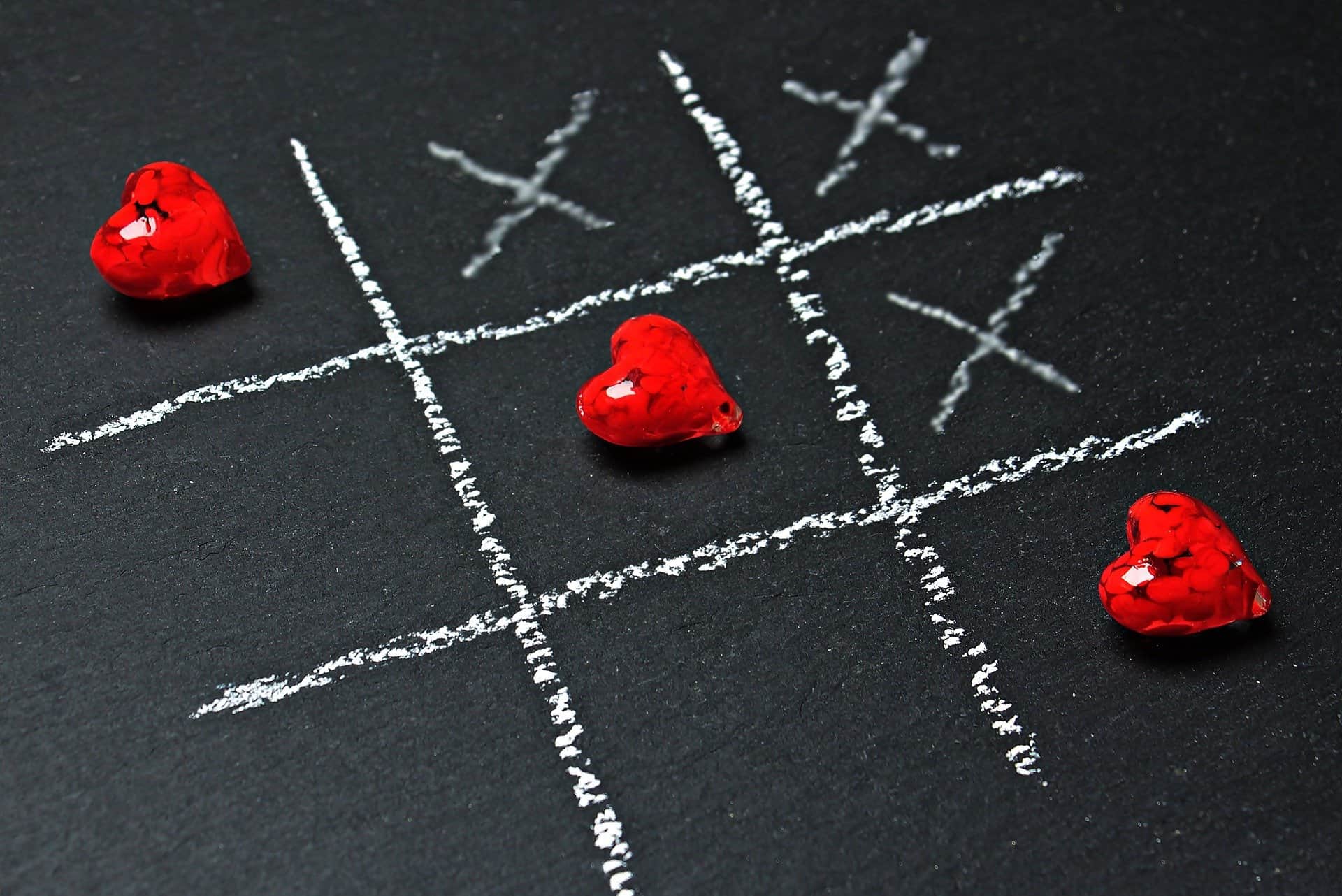What is money? This is perhaps the ultimate stoner question and, as such, one that we all tend to overlook. We have more pressing things to worry about, like counting it, moving it around, protecting it. Yet this question is, to borrow the words of Jacob Goldstein, the good kind of stoner question.
Goldstein is co-host of the Planet Money podcast and has a book out called Money: The True Story Of A Made Up Thing. His first tenet, that money is fictional, became mainstream because of a book by the historian Yuval Noah Harari called Sapiens: A Brief History of Humankind. It sold more than 12 million copies (and was even mentioned on Love Island).
Many a Bachelor of Arts undergrad will have come across the Marxist idea of money as “congealed social relations”. And there are endless debates about social relations: are they real, how do we measure and describe them and so on. But to come back to money itself: we know what we do with it. We think we know why we want it. Yet if, as Golstein says, it is a fiction — a game — then wouldn’t it help to understand the rules of that game?
Life coaches sometimes assess how their clients are doing at the beginning and end of coaching by asking them: are you scared of money or is it a game that you enjoy playing? The idea is that the freer and lighter you feel with money the more it will flow to you. Perhaps that’s woo woo, but I want to map out some of the strange facts about the origin of this mandatory game we are all playing.
Before I do that, a thought by the philosopher Alan Watts: “The fool’s standpoint is that all social institutions are games. He sees the whole world as game playing. That’s why, when people take their games seriously and take on stern and pious expressions, the fool gets the giggles because he knows that it is all a game.” He is referring here to the fool as a person whose function is not simply to make jokes and be funny, but to remind the monarch of his humanity so that he never gets too stuffy.
So how did this game begin? Goldstein puts the lie to the popular misconception that money emerged from barter. There is no evidence that a barter economy ever existed, anywhere. People in pre-money societies traded, but often it was part of rituals with strict rules of giving and getting. Money arose from these rituals “at least as much as it did from barter”. For example, when it is the done thing to give anyone who gets married a string of cowrie shells, you have an incentive to accumulate them, even if you have no immediate need for them. So they become a store of value over time.
In Vanuata, a group of islands in the South Pacific, only certain pigs with especially big tusks could be sacrificed. An elaborate web of borrowing and lending long-tusked pigs developed, with interest based on the rate at which tusks grew. This isn’t quite money, but it is nearly there; “proto-money” or “money-adjacent” as Goldstein puts it.
With the first known cities came the need to account for who owed what to who on a larger scale, and so we get the first IOU notes. In Mesopotamia 5,000 years ago people sealed clay tokens with symbols on them inside hollow clay balls to represent debts. Then someone realised they could do away with the clay ball and the system still worked. Then, as the cities grew, keeping track of debts got more complicated, and so a class of people who worked for the temples elaborated on the tokens-pressed-in-clay system. Written language was born — birthed by accountants, not poets.
The Incas didn’t need money at all because they had a centrally run economy. So did the ancient Greeks, but in 1100BC their civilisation collapsed. When it re-emerged, the city-state, in which citizens had a say, was invented. Around 600BC Greece’s neighbour Lydia was mining a lot of a gold-silver alloy called electrum. It was hard to calculate the ratio of gold to silver so they were broken into standard sizes and stamped with the image of a lion. These lumps of a given size had the same value as every other lump of that size. They were coins, and a curious thing happened: coins fertilised markets.
The next breakthrough was in China around 995AD when a merchant started letting people leave their burdensome, low value iron coins with him in exchange for fancy, standardised paper receipts. It caught on so well that the government adopted it and it set off an economic revolution, not least because people didn’t need to weave and plant simply to meet the tax requirements of cloth and grain — now the government accepted tax in coins and paper. They could diversify their careers.
But in 1368 the founder of the Ming Dynasty took China back to a pre-money-and-markets economy, to the ancient system of tribute and redistribution, in which the government took cloth and grain from peasants and gave it to government workers. By the mid-1400s paper money had disappeared from China. The economic revolution, replete with cities with populations nearing a million and sophisticated restaurant scenes, collapsed. The heyday had lasted 300 years, about as long as the current economic miracle in the West has been going. I will pick up the story there next time…








